
Counter-Intuition
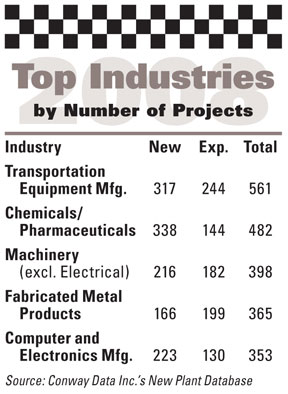
udged by the number of corporate facility projects tallied globally over the course of 2008 by the Conway Data New Plant Database, the apparently suffering transportation equipment sector comes out on top by a long shot.
Led by car and truck, aircraft, boat and locomotive plants the world over, the sector is trailed by the chemicals/pharmaceuticals, machinery, fabricated metal and computers/electronics categories. The charts on this page and the facing page list the top 10 projects by capital investment in each of these leading categories. Though many large projects are on hold, many remain viable and offer glimmers of vitality to pierce the general gloom.
“Global trade will continue to ignore geography and time zones. Companies will continue to pursue growth in new markets.?And, painful as it is, some jobs will continue to migrate to places where the work can be done most efficiently,” said Scott Davis, chairman and CEO of UPS, in an address to the U.S. Chamber of Commerce in Washington, D.C., in late February.
But he also pointed out that the U.S. retained its title in 2008 as the world’s leading manufacturer, representing nearly one-quarter of the global manufacturing output, and its title as the world’s largest exporter of goods and services, which reached $1.8 trillion. Indeed, surprising as it may seem in downcast times, 16 of the 50 projects in our charts are in the United States.
A November 2008 report from Deloitte, the National Association of Manufacturers’ Manufacturing Institute and the Manufacturers Alliance/MAPI updated U.S. manufacturing’s structural costs.
The nation’s position vis-a-vis nine major industrial countries (including Germany, Japan, Canada, Mexico, and China) has improved. The disadvantage faced by U.S. manufacturers is now 17.6 percent, compared to a 31.7-percent gap in 2006.
The two obstacles standing in the way of further U.S. structural cost improvement, according to the report, are energy costs and corporate taxation. Among the structural costs that have seen the most improvement are tort costs and pollution abatement costs.
Another significant finding of the report: “The foreign raw cost advantage ? essentially the trade-weighted difference of unit wage costs relative to the United States ? has also narrowed considerably since the 2006 cost study, from 22 percent to 7.3 percent,” writes author Jeremy Leonard, economic consultant for Manufacturers Alliance/MAPI. “This reflects both concerted efforts by U.S. manufacturers to increase productivity, as well as strong wage growth in emerging markets.”
The projects populating the Top Industries lists reflect both trends.
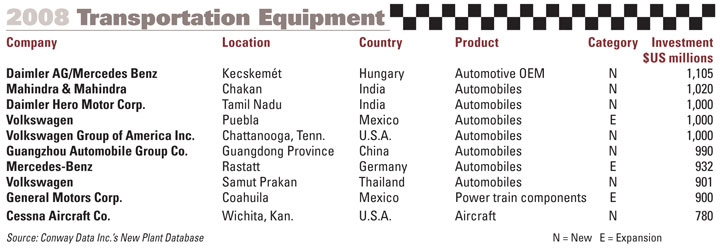
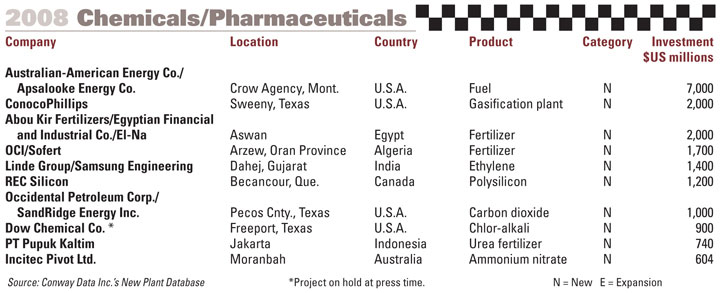
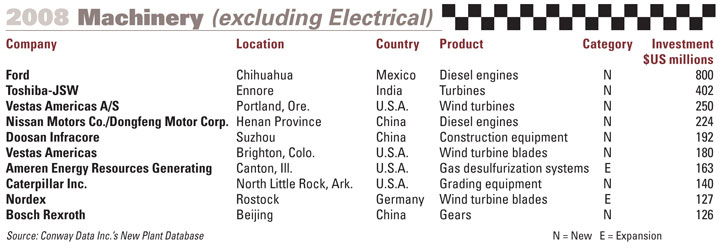
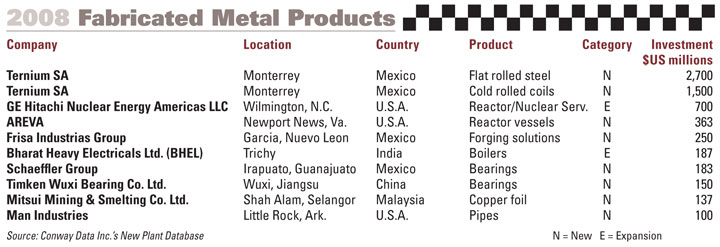
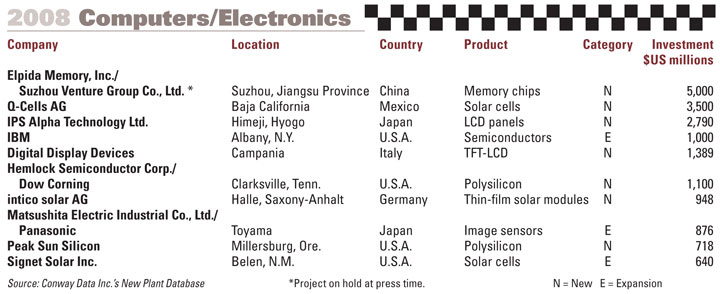
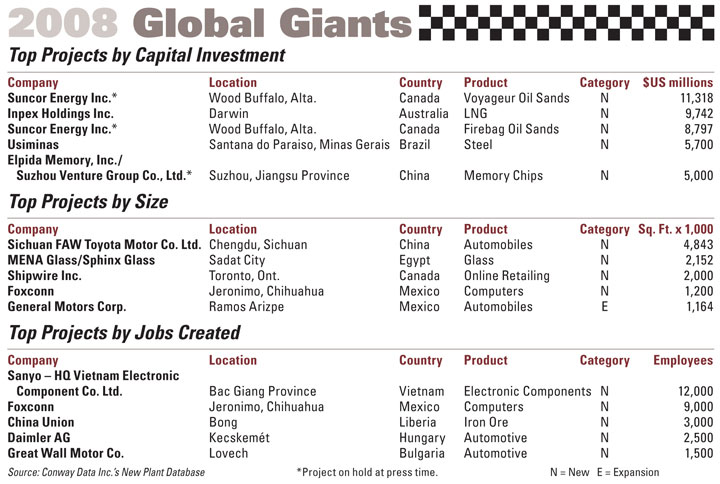
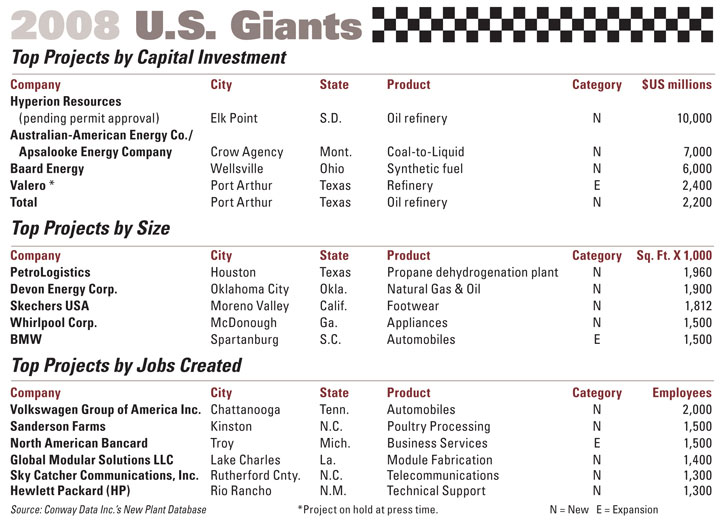
Site Selection Online – The magazine of Corporate Real Estate Strategy and Area Economic Development.
©2009 Conway Data, Inc. All rights reserved. SiteNet data is from many sources and not warranted to be accurate or current.